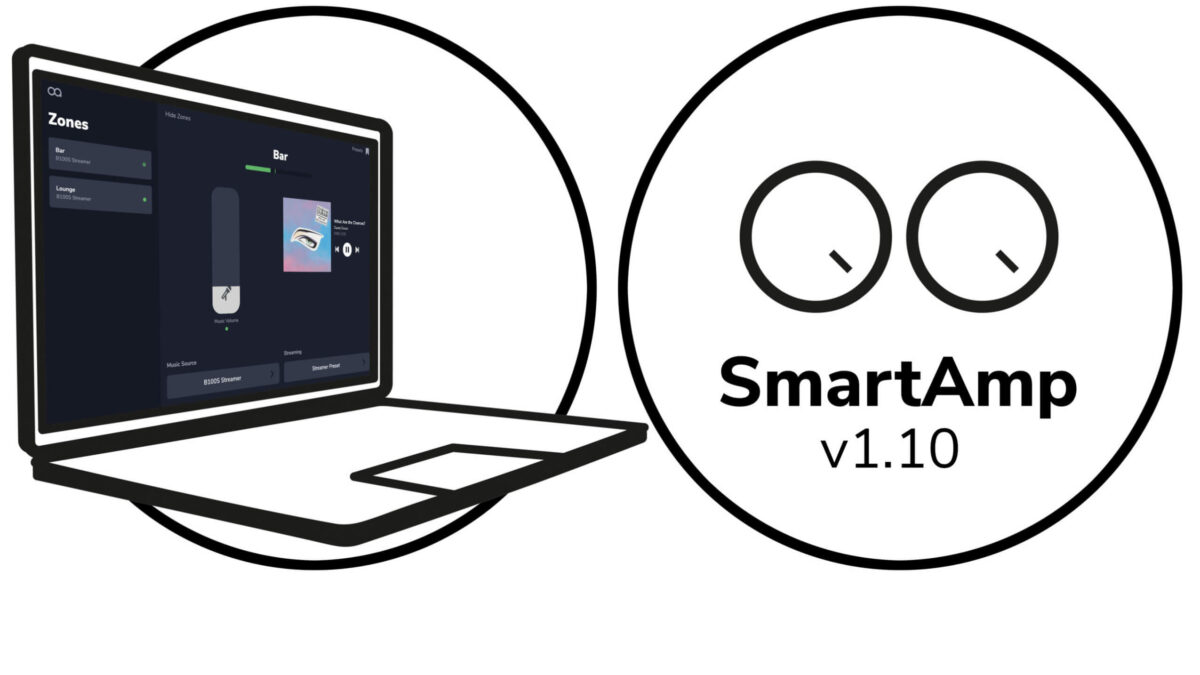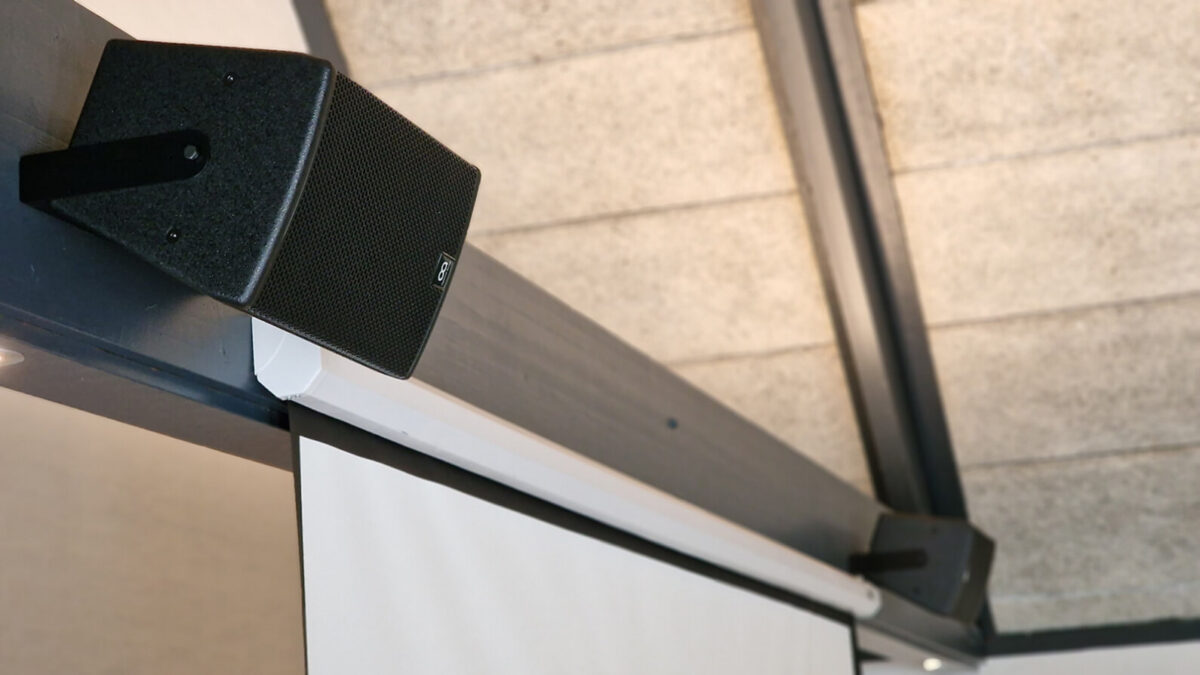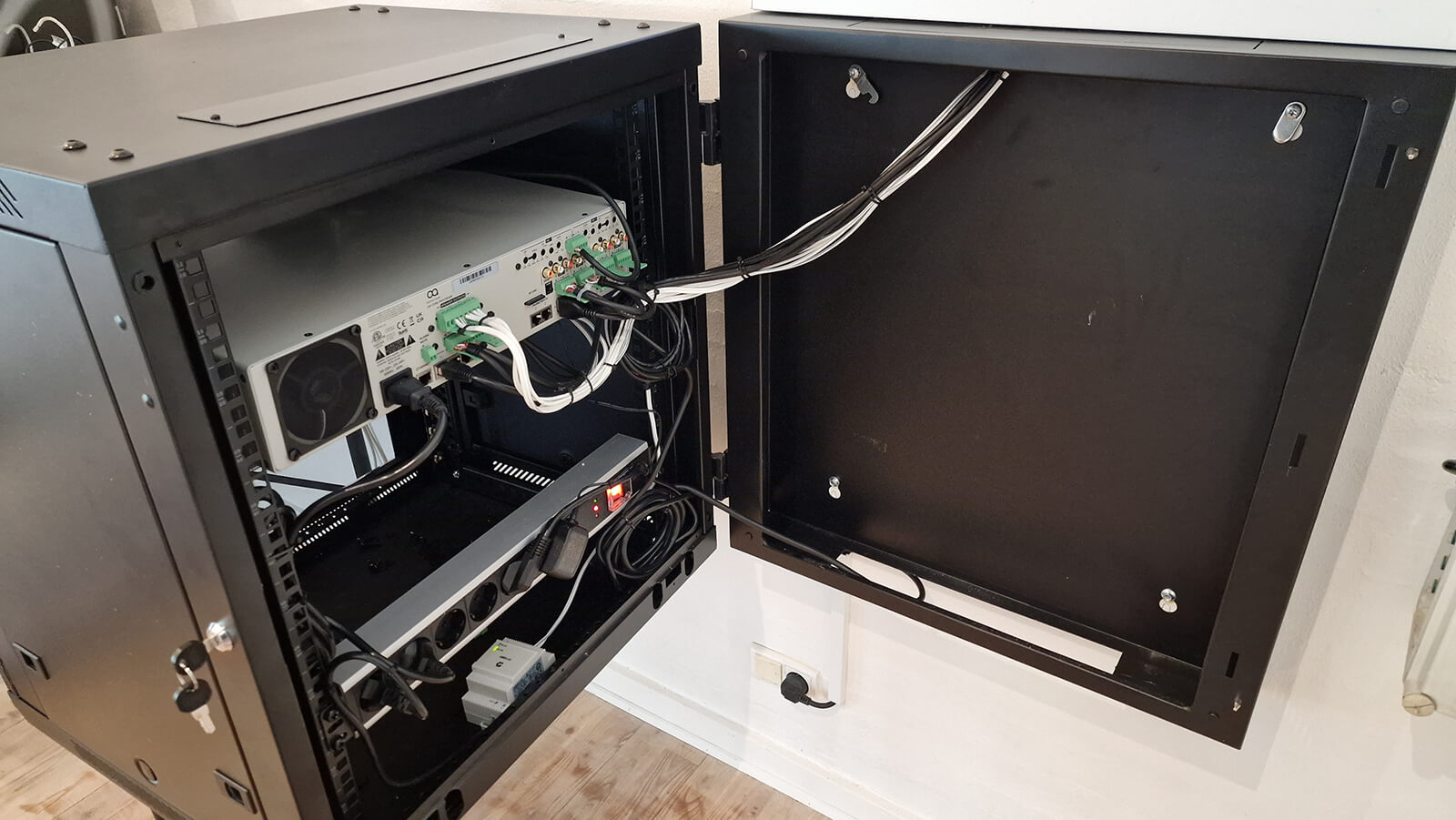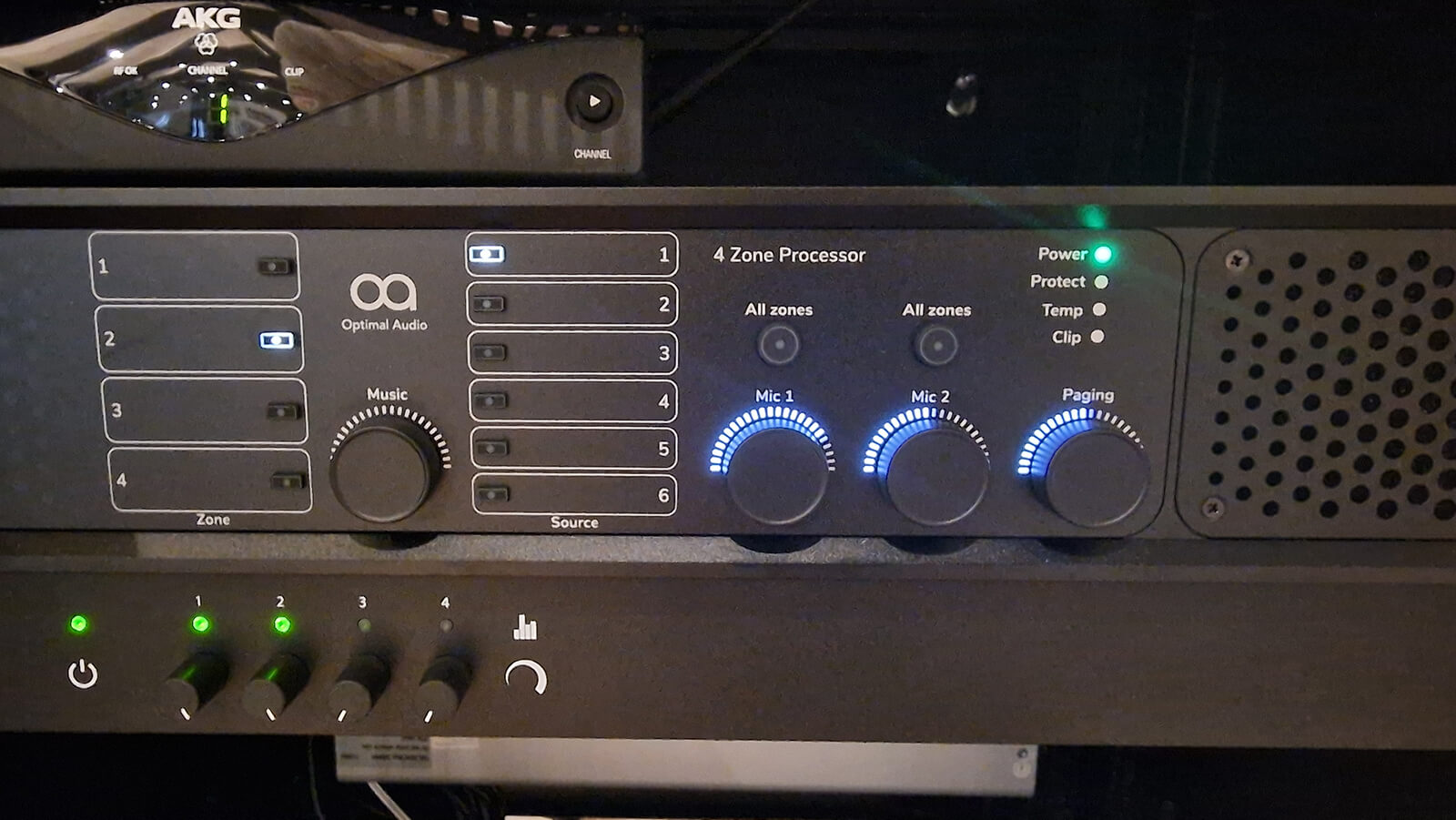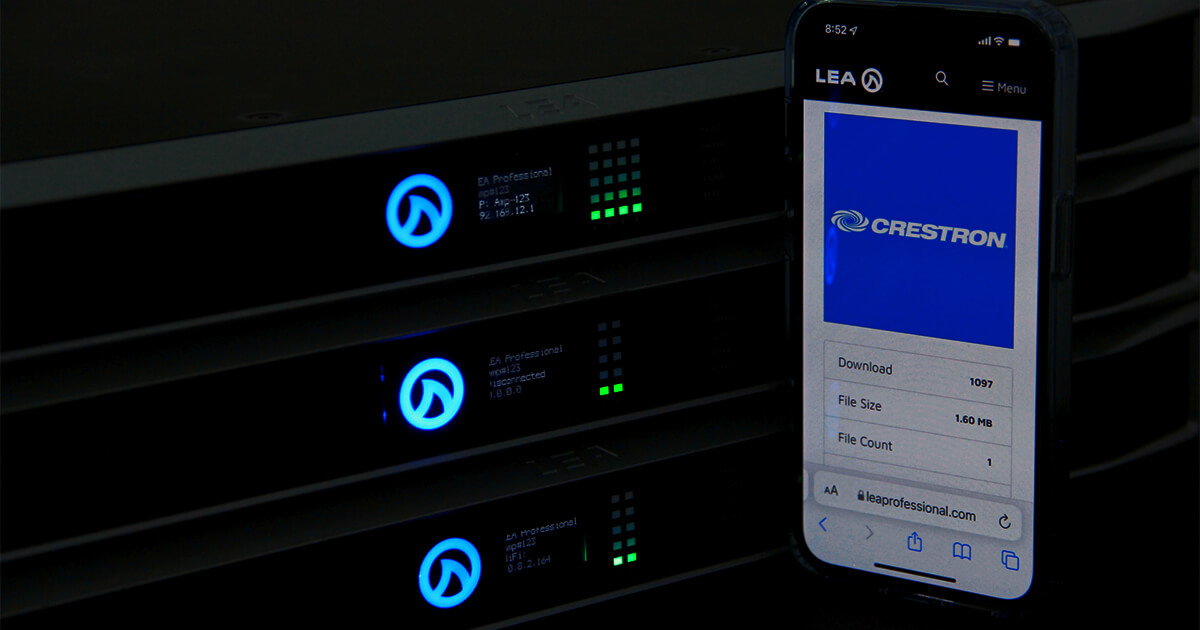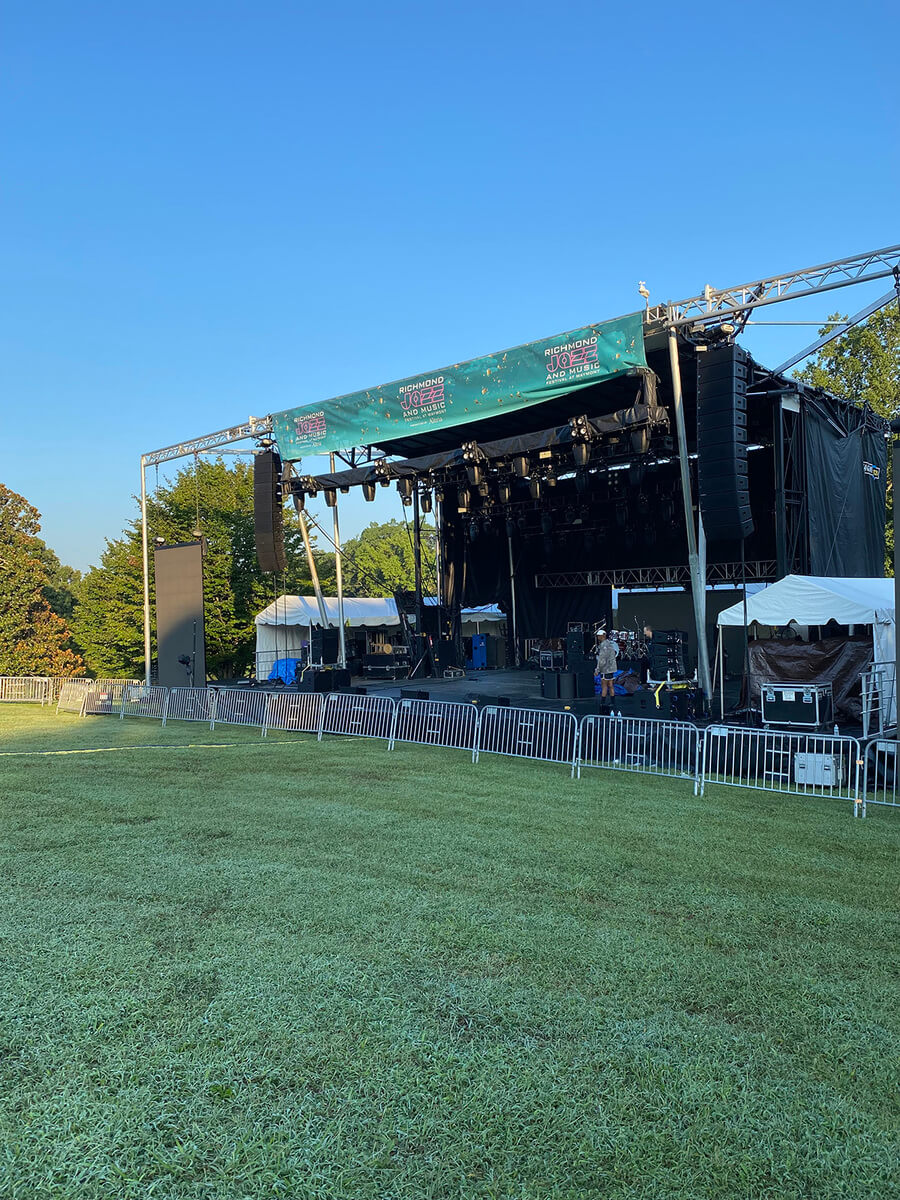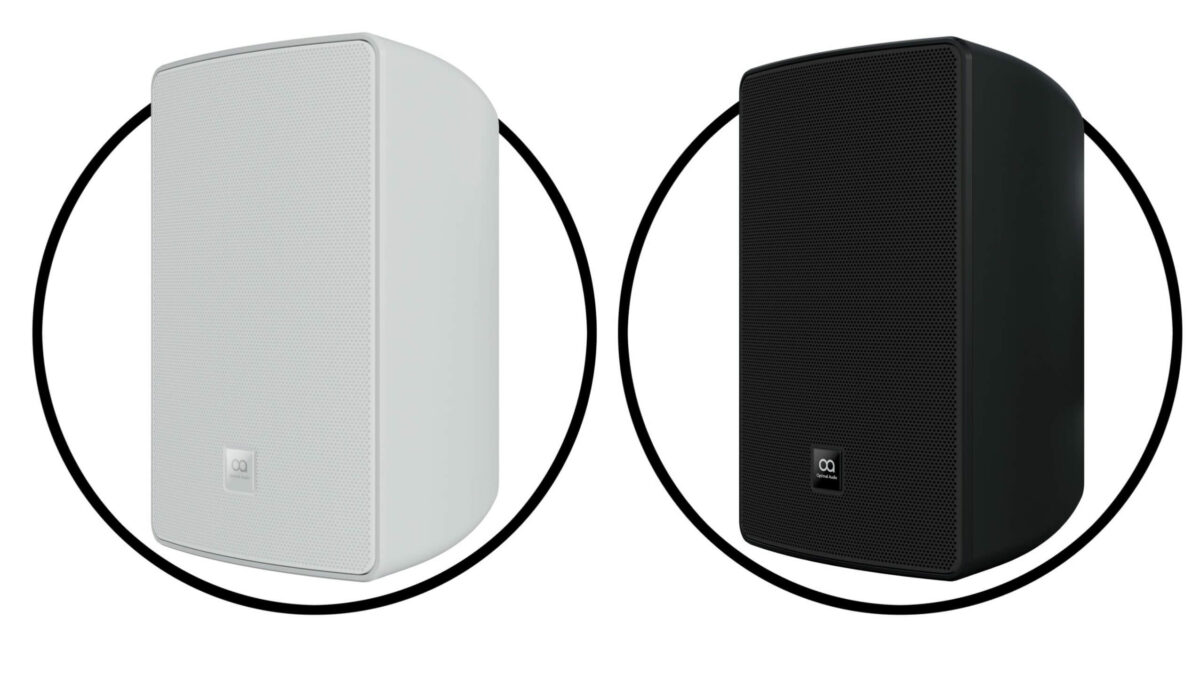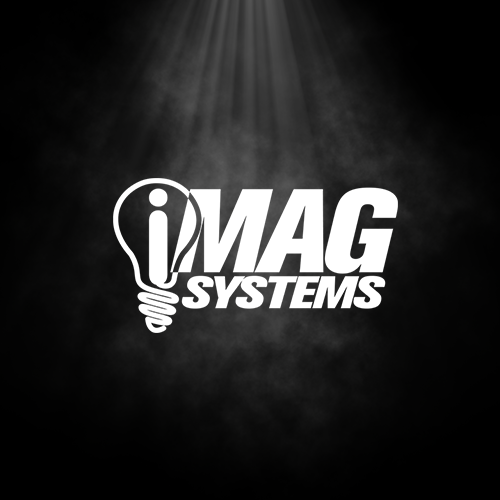As part of its quest to simplify the world of commercial audio for integrators and end-users alike, UK commercial audio manufacturer Optimal Audio continues to evolve its ecosystem, and the very latest developments see updates to its WebApp and SmartAmp firmware.
WebApp unlocks the technology and capability behind Optimal Audio’s Zone series, providing the foundation to deliver efficient, high-quality multi-zoned commercial sound systems. Compatible with any device, WebApp makes system set-up straightforward and once completed, the venue staff can then be presented with a simple user interface which allows them to easily operate the system.
WebApp 1.2 sees a number of additions designed to make system configuration more powerful, including the ability to add system settings or preferences to a timed routine, allowing end-users in busy settings to remain focused on their work, rather than making adjustments to their audio system. An example of this might be the introduction of a subwoofer setting in the evening to help increase the party mood.
System management is also made easier through the ability to upload and download system files, so they could easily be transported to another site as necessary. Finally, WebApp 1.2 introduces a system diagram generator with DRAW.IO compatibility, enabling system integrators to easily share an overview of the planned system.
All the features of WebApp 1.2 are also available in the offline WebApp Desktop Demo which is compatible with Mac and PC. This allows installers and system integrators to get familiar with all the features of WebApp, without needing to be connected to a Zone, but also enables their ability to start designing systems, setting up routines and customising controls to use at a later stage.
Firmware for Optimal Audio’s SmartAmp series is also released, including settings for its latest loudspeaker addition, Cuboid 6. Cuboid 6, a two-way, full range, passive, 6.5″ loudspeaker which also has a transformer variant, starts to ship from the middle of October and SmartAmp firmware V1.10 is released in anticipation.
Matt Rowe, Engineering Manager, stated:
“As users are quickly recognising, WebApp is the secret sauce of Optimal Audio’s eco-system, and with this latest release we continue to extend the possibilities for the system integrator while improving the simplicity that can be presented to the end-user. It underlines our commitment to ensure WebApp is the definitive set up and control platform for small to medium multi-zone venues.”

